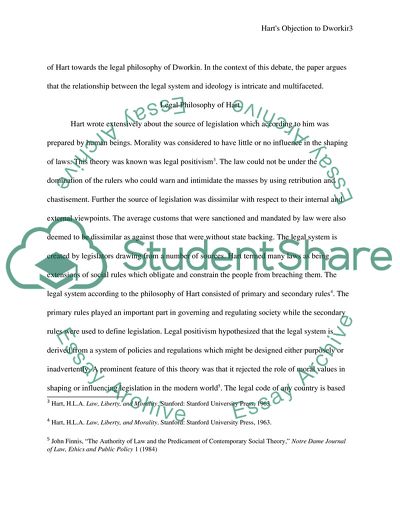Cite this document
(“The Relationship Between Law and Ideology by Hart and Dworkin Research Paper”, n.d.)
The Relationship Between Law and Ideology by Hart and Dworkin Research Paper. Retrieved from https://studentshare.org/law/1719640-jurisprudence
The Relationship Between Law and Ideology by Hart and Dworkin Research Paper. Retrieved from https://studentshare.org/law/1719640-jurisprudence
(The Relationship Between Law and Ideology by Hart and Dworkin Research Paper)
The Relationship Between Law and Ideology by Hart and Dworkin Research Paper. https://studentshare.org/law/1719640-jurisprudence.
The Relationship Between Law and Ideology by Hart and Dworkin Research Paper. https://studentshare.org/law/1719640-jurisprudence.
“The Relationship Between Law and Ideology by Hart and Dworkin Research Paper”, n.d. https://studentshare.org/law/1719640-jurisprudence.


